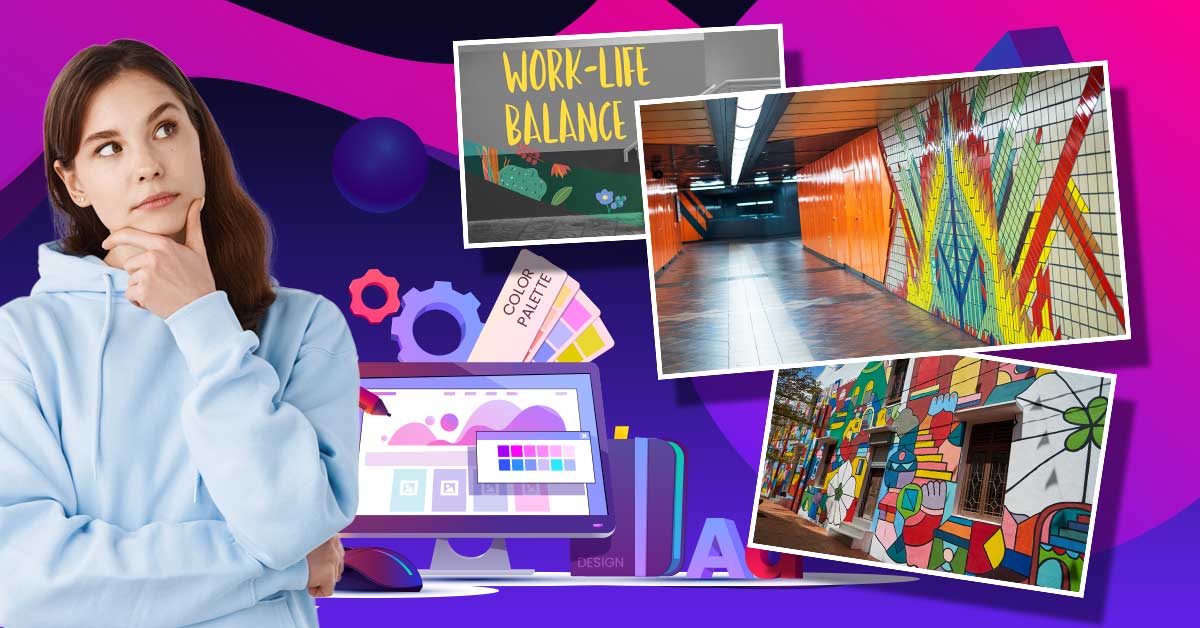
Environmental graphic design is a huge field that incorporates many different methods and design elements. It all works to communicate with an audience on an environmental level. But what is it, specifically? Is it truly effective? Let’s take a closer look at environmental graphic design and find out what makes it so special.
So, What Exactly is Environmental Graphic Design?
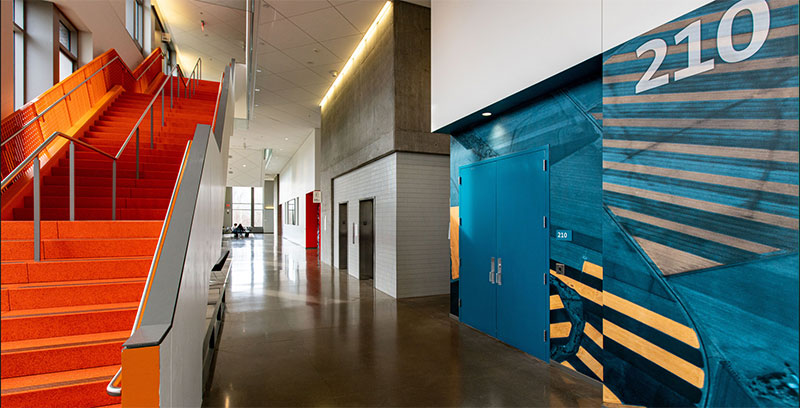
Also known as EGD, this is a field of art that revolves around basic graphic design, as well as architecture, landscape, and other forms of visual translation within a built environment. Take a look at your surroundings for a bit; you’ll quickly see that environmental graphic design is a common occurrence. You can see it in the logo on the outdoor walls of a restaurant, in a statue outside of an office location, and in the signs and imagery that help people find their way around a building.
The word “environmental” is meant to be synonymous with “your immediate surroundings.” So, in this case, we’re not talking about eco-friendly graphic design (Although that’s a very neat idea. Let’s save it for another blog post).
Basically, environmental graphic design involves structuring everyday surroundings in a way that’ll engage potential customers, employees, and prospects. It’s not just a form of art, but a communication method. Although you may take it for granted, EGD is an intrinsic part of our modern society.
[in_content_ads gallery=”logos” logo=”on” title=”Need graphic design help?” subtitle=”Try Penji’s Unlimited Graphic Design and get all your branding, digital, print, and UXUI designs done in one place.” btntext=”Learn More” btnlink=”https://penji.co”]
A Brief History

Environmental graphic design is one of those things that are older than you think. You see, back in the older times, and I mean the really old times, humans used to communicate with each other through cave paintings. The idea of using imagery to tell stories is almost as old as art itself. Simple cave paintings only evolved from that point on, branching off into many different art forms.
Fast forward to the 1970s and 1980s, and graphic design was everywhere. Even in out-of-home environments. During this time, the words for environmental graphic design were known as “architectural signage.” It centered around architecture, specifically a building’s basic needs, identity, and mapping. Logos, numbers, and lettering were placed where they were needed. Visuals were created to help people navigate the buildings.
A group of designers recognized the amount of skill and technique involved in creating these signs. They wanted to create a space for artists to practice these specific techniques in a professional setting. So, the organization SEGD (The Society for Environmental Graphic Design) was born. As of today, this is the most well-known organization for environmental graphic design, though it has gone through a lot of changes.
While it was at first known as the Society of Environmental Graphic Design, it was changed in 2018 to avoid confusion surrounding its overall purpose. As of 2022, SEGD now stands for the Society of Experimental Graphic Design, meaning roughly the same as the former. As a result, many people adopted to term, “Experimental Graphic Design.”
Whichever words you’d prefer to use, EGD gives a name to an art form that’s been used for ages.
Types of Environmental Graphic Design
This form of graphic design has many nuances. But to make things simple for you, I’ve broken it down into five main categories;
Wayfinding Systems
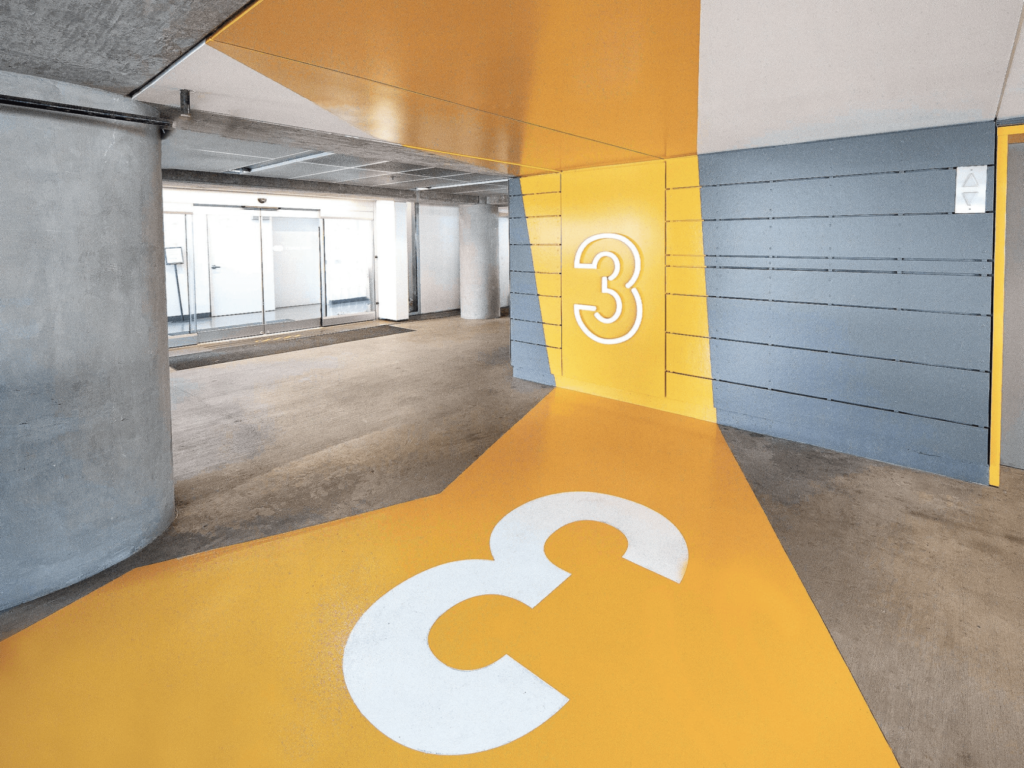
Have you ever walked into a huge mall or office building, and became immediately lost in a maze of hallways and doors? How do we often get out of those situations?
Usually, a large building will have a couple of signs telling you which floor you’re on, and arrows pointing you in the direction of various locations.
This is the art of wayfinding. It’s a system that provides easy problem-solving and useful information. Wayfinding systems can often be seen with various colors, fonts, and imagery that suits a particular brand.
Exhibitions
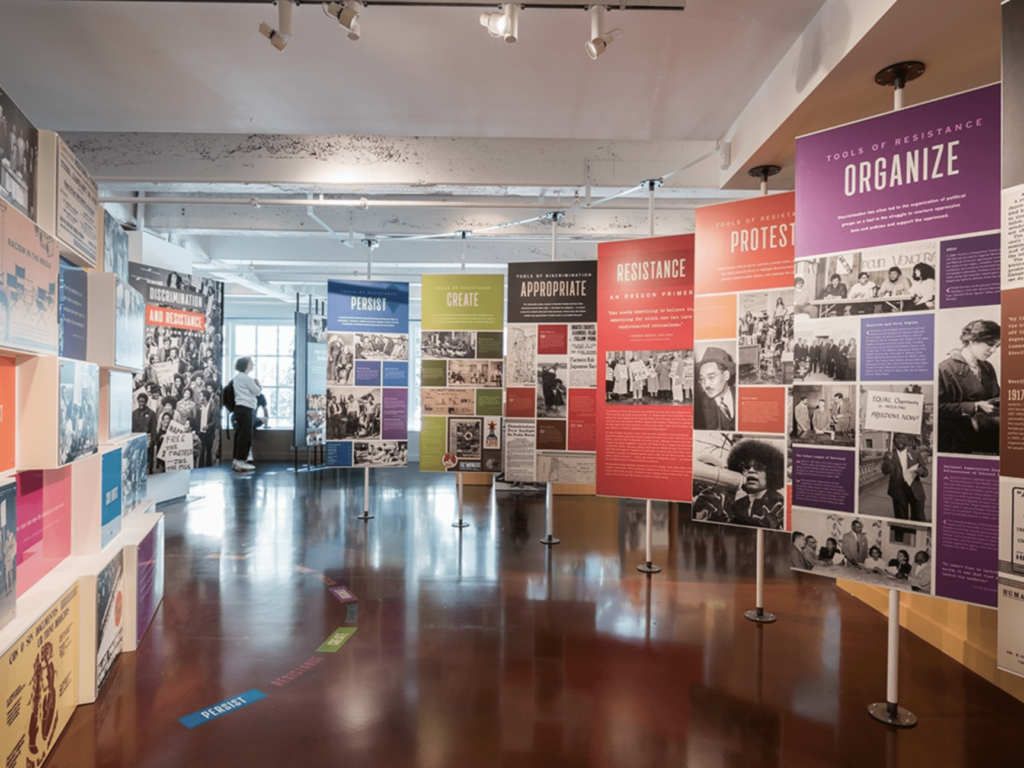
Sometimes learning new things can be a real chore. Especially when you’re dragged to a museum against your will, and forced to learn about history, science, and all that mumbo jumbo.
Or you may enjoy those things, but you have a hard time staying focused or entertained. This is why exhibitions exist. This is an experimental form of design that relays information through architecture, graphic design, lighting, audio, and technology.
Exhibitions employ a lot of tactics that successfully relay this information. As a result, each one you see, whether it be in a museum or gallery, will be exceedingly unique.
Interactive Experiences
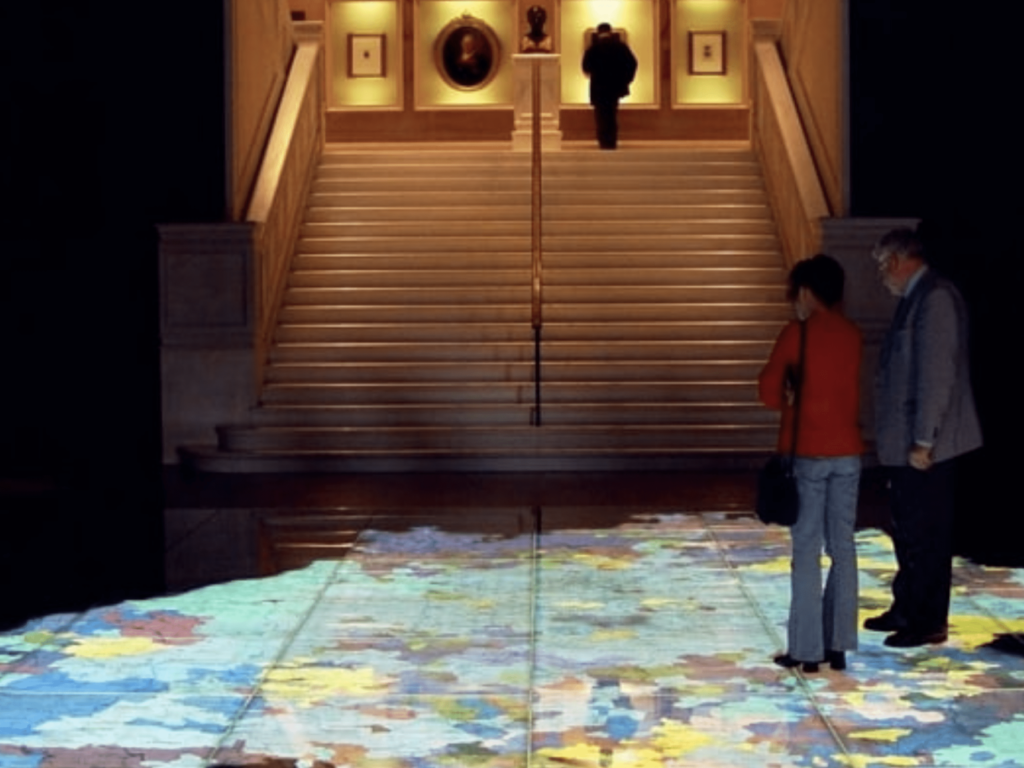
Interactive experiences rely more on physical and digital mediums. This form of design focuses on user engagement within a certain physical space. As a result, these designs will educate and inspire anyone who decides to interact with them. Due to their rarity, interactive experiences will leave a lasting impression on target audiences.
Public Installations
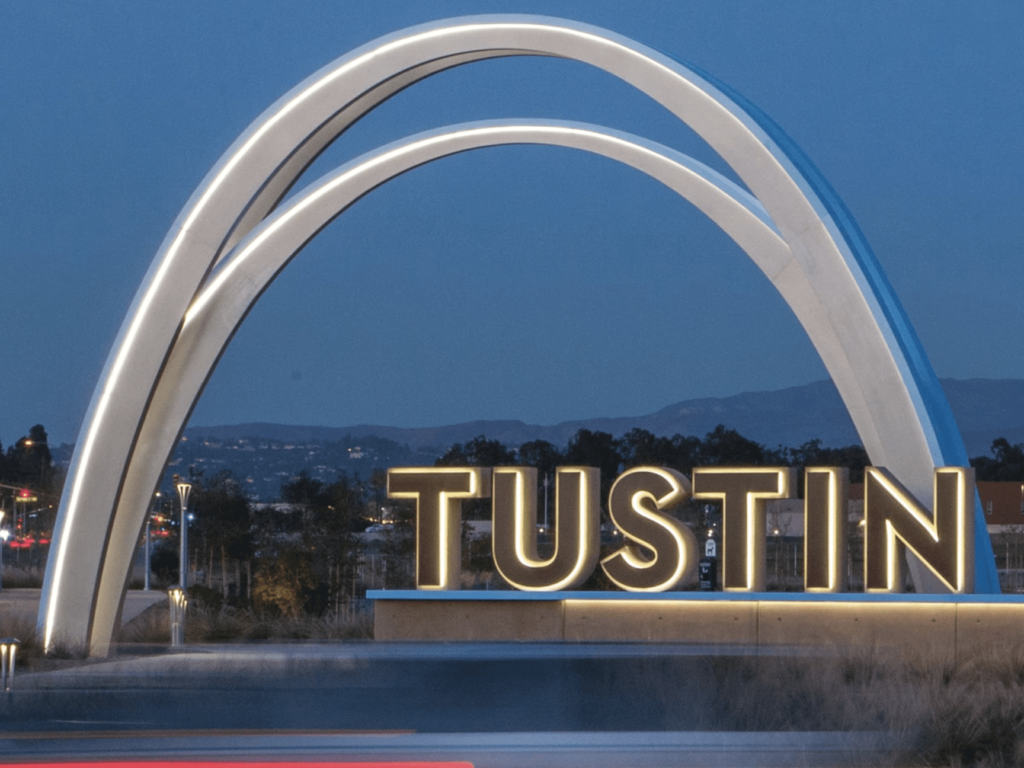
Public installations work to give people the museum experience without having to pay for it. These designs are often used to portray the distinctiveness of a location. Whether they’re being used for historical, geographical, or branding purposes, a well-made public installation will leave a lasting influence.
Placemaking/Identity
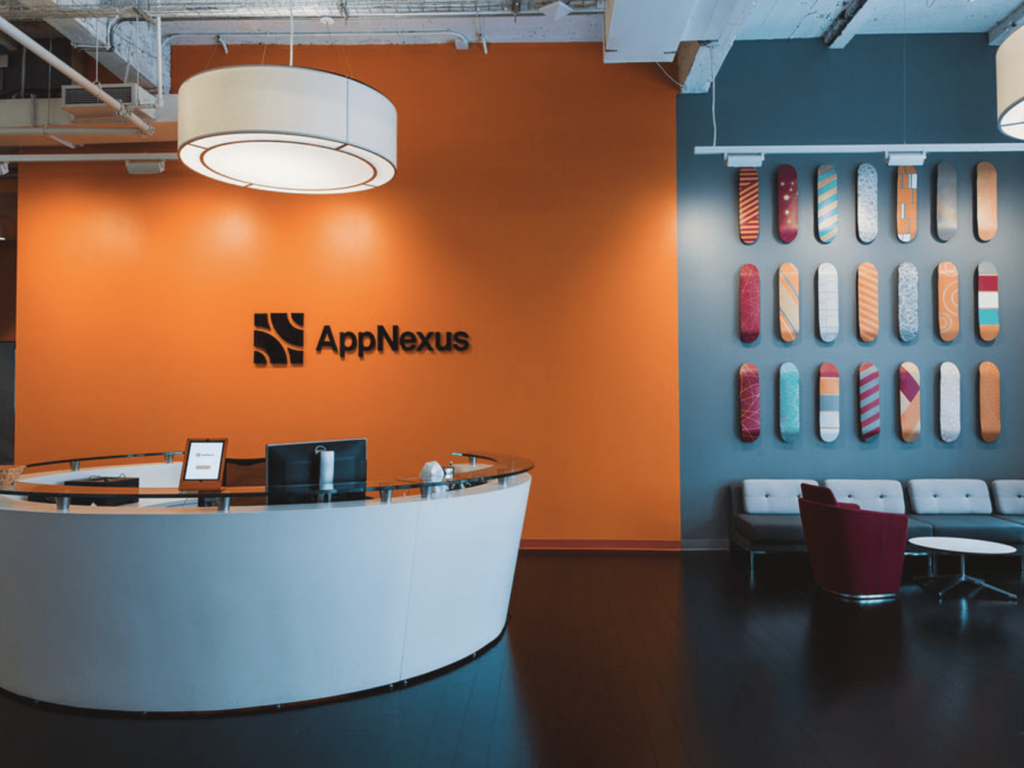
Placemaking or identity design works to completely overtake a particular space. This can be done by using branded colors, shapes, typography, logos, you name it. It’s basically all about making a space your own, claiming it for your brand, and making it memorable.
The Key Benefits

If you’re a business owner or an Advertiser, you may be wondering what the point of all of this is. After all, environmental graphic design doesn’t revolve around what type of promotion is used. It isn’t in your face, but rather ambient.
The secret to environmental graphic design is the connections it makes. The core objective is to let potential customers or clients make personal connections with the places they inhabit.
With EGD, there are many methods of connecting the person to the place. There are many types of bonds the person can form what’s the correct branding skills.
A mental connection provides the opportunity to think, reason, and problem-solve. This would include wayfinding; posting signs that portray Maps or arrows leading people to a particular destination.
A physical connection involves the act of forming a bond which our bodies. Being able to touch, smell, or taste something, will invoke this form of correlation. Designers make interactive designs to play upon physical connections.
An emotional connection involves the ability to socialize, communicate, and achieve self-awareness. This would encompass public installations, as well as placemaking and identity.
So, is environmental graphic design effective? Based on the fact that you’re reading this blog post, it would appear that the answer is yes. EGD has the ability to turn a bland space into an immersive experience that educates, entertains, and engages people of all ages. And while we may not always be aware of it, EGD is everywhere around us – from hospitals and schools to shopping malls and airports. The next time you find yourself in one of these spaces, take a moment to look around and appreciate the hard work that went into making it not just functional but also visually appealing.











